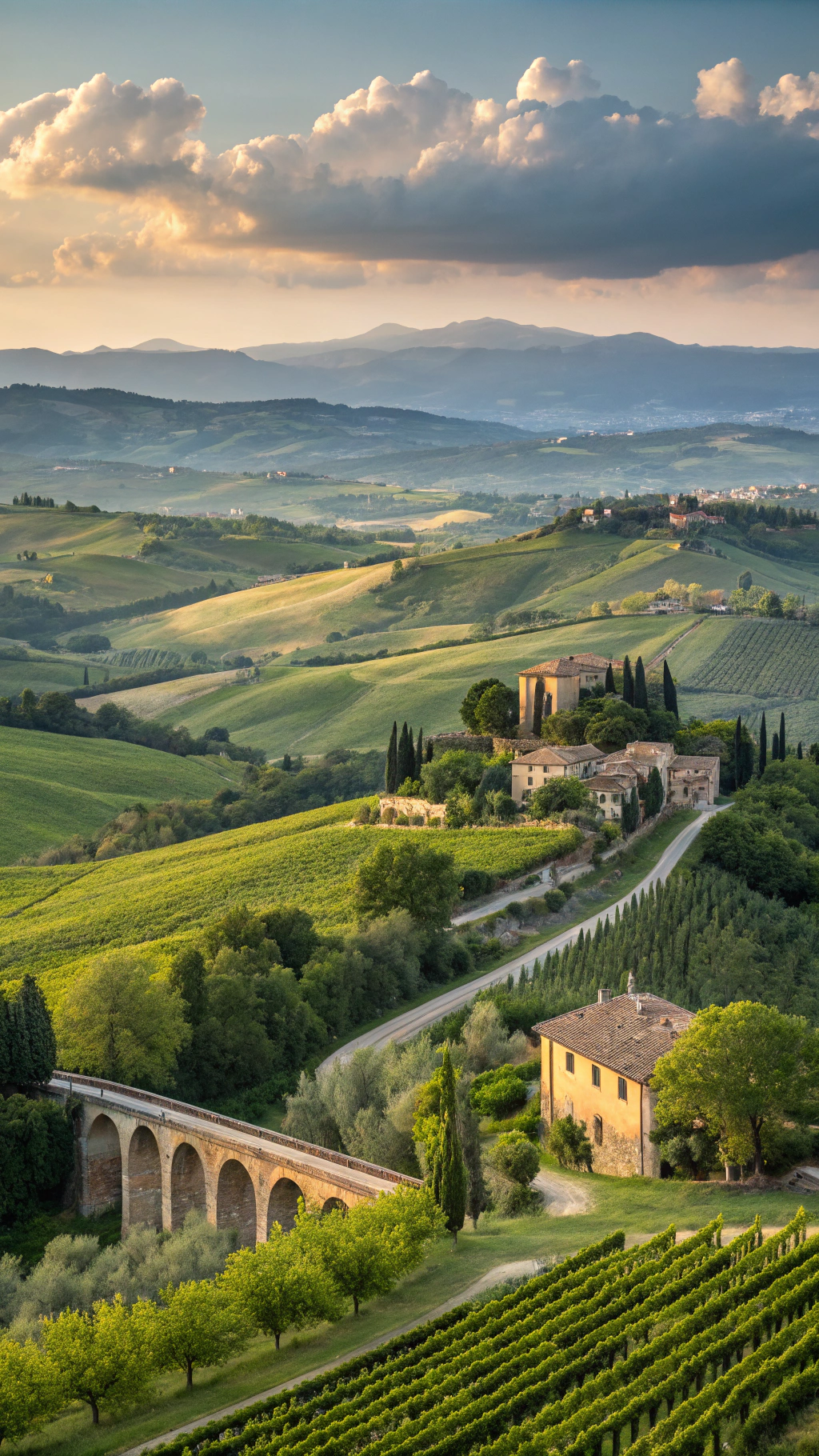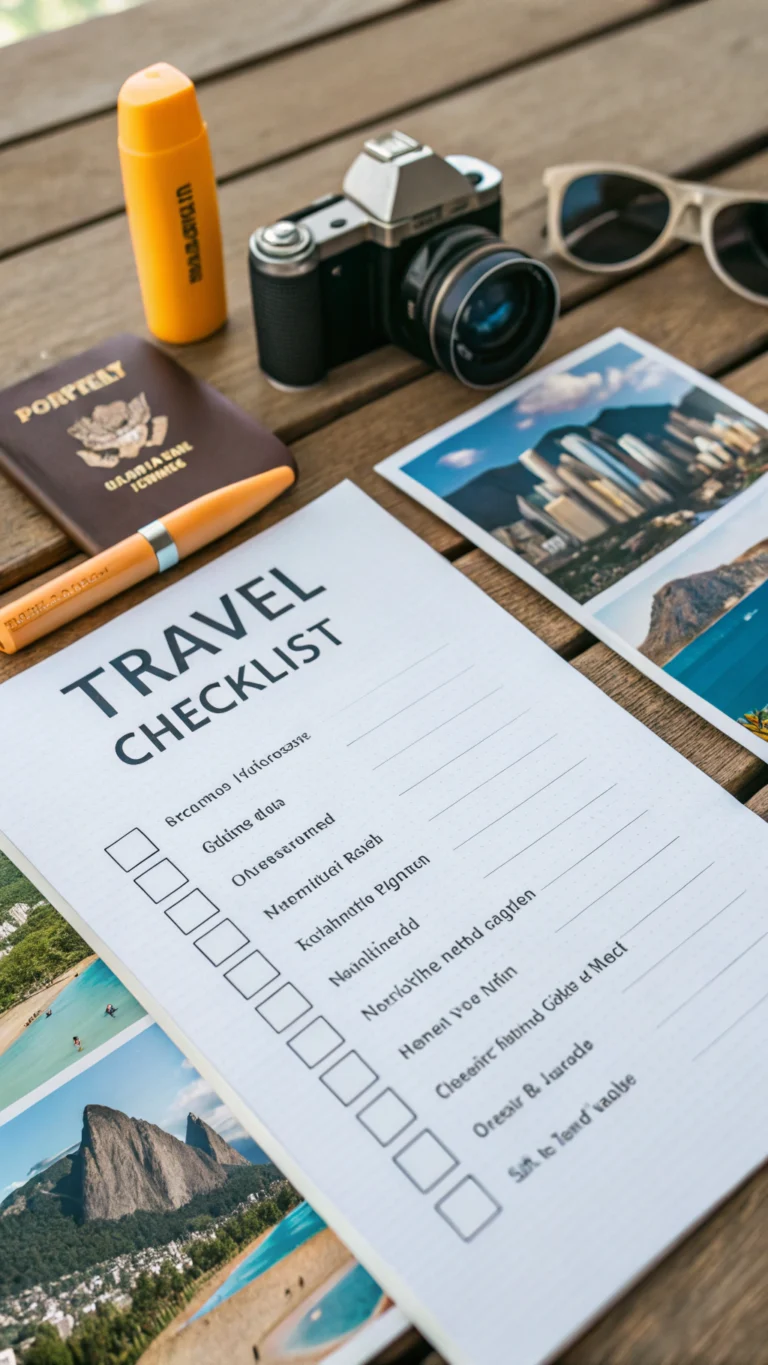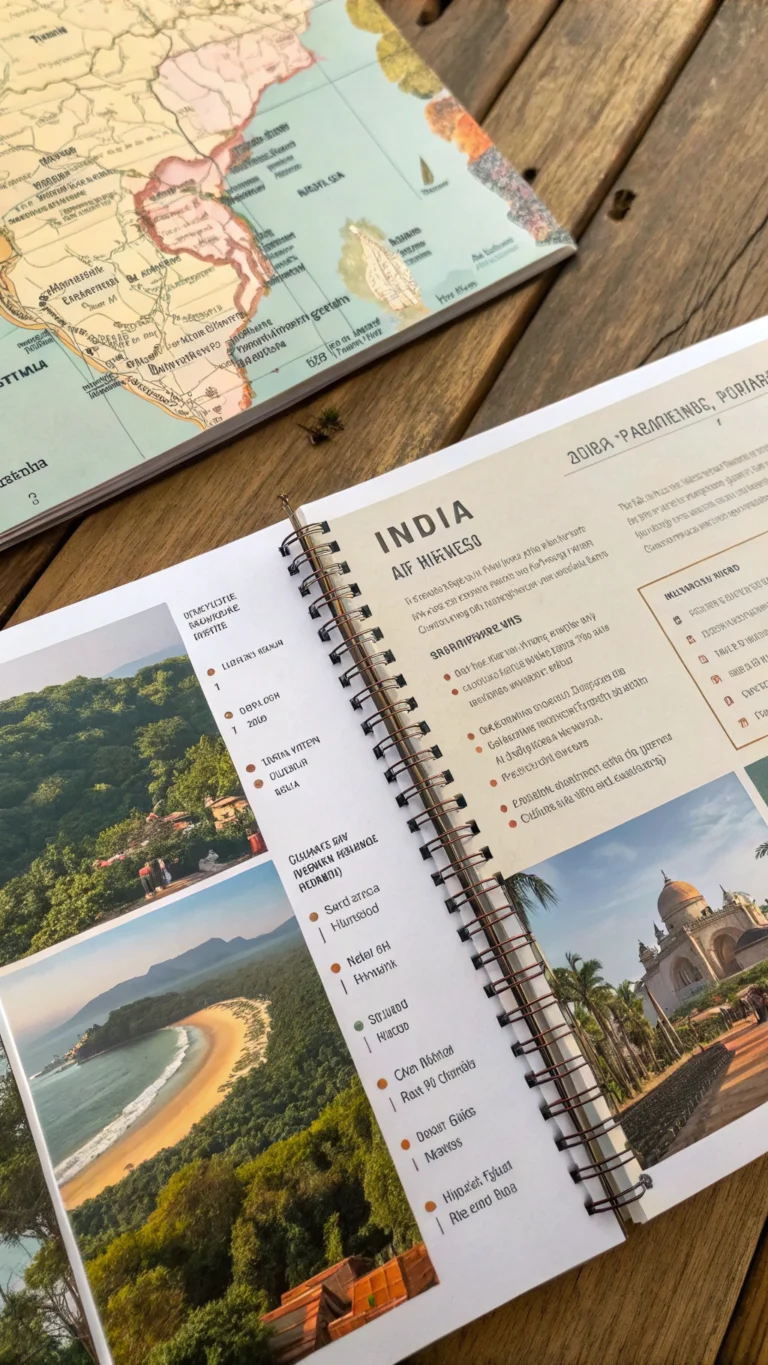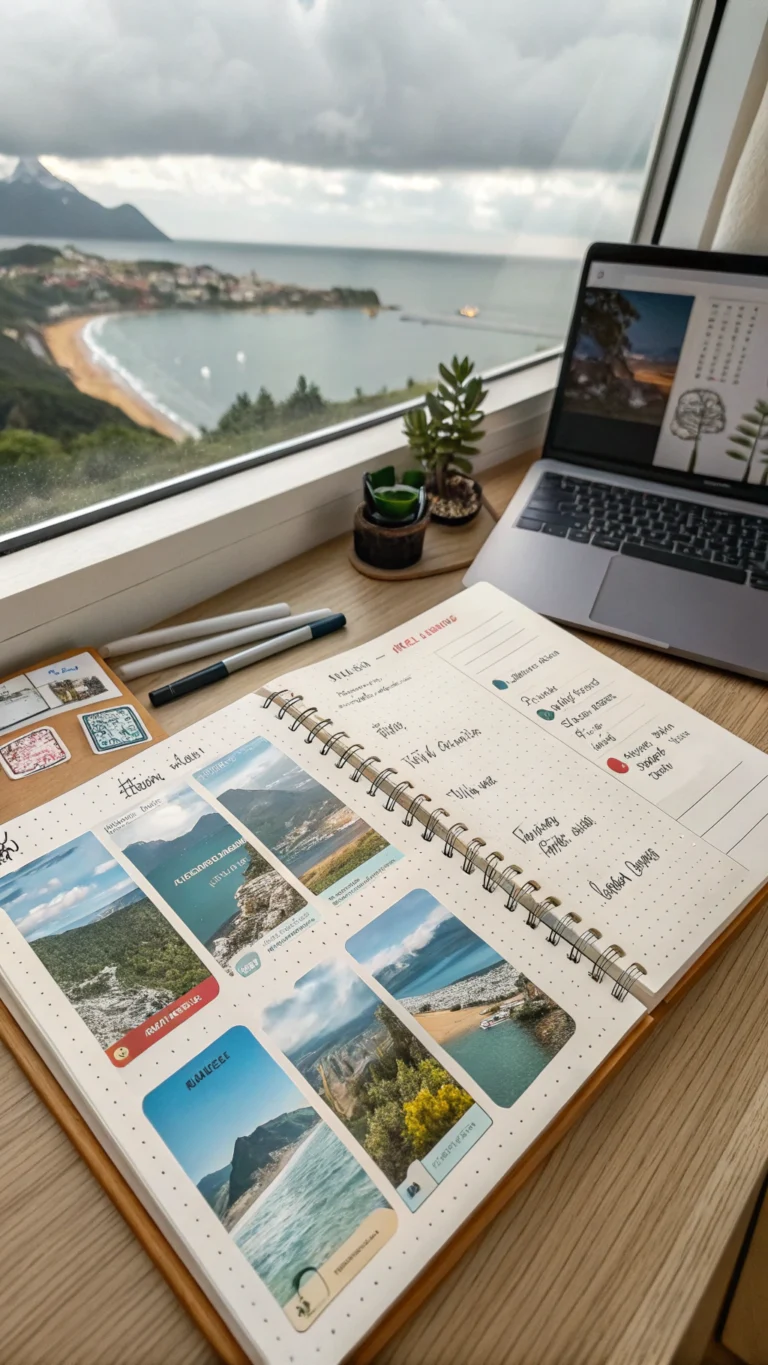Living in Italy: 7 Unexpected Delights You’ll Discover
Table of Contents
Introduction
Have you ever questioned why, in spite of Italy’s bureaucratic obstacles, almost 5.3 million foreigners decide to call it home? Amidst the picturesque vistas of undulating Tuscan hills and Roman ruins, there is an everyday existence that enthralls visitors in unexpected ways. Living in Italy changes your perspective on what constitutes a good life, turning it from a romantic idea to an immersive experience. I’ve learned about the unanticipated pleasures that statistics and travel guides seldom convey after spending three years in Bologna, Florence, and the Amalfi Coast.
What Makes Italy Special

Italy is a sensory experience encased in 3,000 years of history; it is more than just a nation. Italy, which has the most UNESCO World Heritage monuments (58) worldwide, combines a contagious joie de vivre with historical grandeur. Living in Italy feels like living in several different nations at once because of the country’s 20 varied regions, each of which has its own dialects, cuisines, and customs.
Relocating is most effective in the spring (April–May) or fall (September–October), when housing markets are thriving but visitor numbers have decreased. While summer relocations offer easier social integration through a wealth of community events, winter moves offer better rental prices (around 15-20% lower).
Settling In: Your First Three Months
Month 1: Administrative Foundations
- Secure your Permesso di Soggiorno (residence permit) – expect 4-8 weeks processing
- Open an Italian bank account (Intesa Sanpaolo and UniCredit are expat-friendly)
- Register with the local healthcare system (SSN) for coverage that ranks #2 in Europe
Month 2: Home Establishment
- Find accommodations (average monthly rent: €550 in smaller cities, €1,200+ in Milan/Rome)
- Connect utilities (plan for €150-200 monthly for a one-bedroom apartment)
- Join neighborhood groups and language exchanges
Month 3: Cultural Integration
- Enroll in language courses (budget €200-400 for quality instruction)
- Establish your local routines (markets, cafés, parks)
- Begin building your Italian social circle beyond expatriate communities
Pro tip: The “90-day mark” is when most expatriates report the initial culture shock transforming into genuine appreciation.
7 Unexpected Delights of Italian Life
1. The Ritual of Aperitivo
More than just “happy hour,” aperitivo (6-8pm) represents Italy’s democratic approach to socializing. For €8-15, you’ll receive a drink and access to food spreads ranging from simple chips to elaborate buffets. This institution saves the average resident approximately €200 monthly in dinner costs while doubling as networking opportunities.
2. The True Meaning of “Piano, Piano”
Foreigners initially mistake Italy’s relaxed pace for inefficiency. However, the “piano, piano” (slowly, slowly) philosophy reflects a scientifically supported approach to well-being. Studies show Italians experience 23% less stress-related illness than Americans, partly attributed to their refusal to rush important aspects of life.
3. Hyperlocal Food Ecosystems
Living in an Italian neighborhood means discovering that food shopping isn’t a chore but a relationship-building exercise. Your salumeria owner will remember your preferences, your vegetable vendor will hold specific items for you, and your coffee bar will start preparing your usual order when you walk through the door.
4. The Art of Doing Nothing
“Dolce far niente” (the sweetness of doing nothing) isn’t laziness but a cultivated skill. Italians have mastered the art of presence—sitting in piazzas, observing life, and enjoying unscheduled moments without digital distractions.
Where to Live: Beyond the Obvious
While Rome, Florence, and Milan attract the most expatriates, consider these alternatives:
- Bologna: University city with progressive politics, outstanding food, and 40% lower housing costs than Milan
- Bari: Adriatic coastal living with emerging tech sectors and property prices at €1,800/m² (vs. €7,500/m² in central Milan)
- Lucca: Tuscan living without Florence’s tourism, offering Renaissance beauty with 30% more green space per capita
For digital nomads, consider mountain towns like Pescocostanzo or coastal villages like Tropea, which offer fiber internet connections and rents starting at €350 monthly.
Navigating Italian Cuisine Beyond Restaurants
Living like a local means cooking like one. Weekly markets cost 30-40% less than supermarkets and offer seasonal produce directly from producers. Must-visit experiences:
- Join a “gruppo di acquisto solidale” (solidarity purchasing group) to buy directly from farmers
- Learn the art of “cucina povera” (peasant cooking) that transforms simple ingredients into extraordinary meals
- Master coffee culture rules (no cappuccino after 11am, never order a latte without specifying “latte di caffè”)
Vegetarians and vegans will find unexpected paradise in Italy’s “cucina povera” tradition, with regions like Puglia and Sicily offering centuries-old plant-based recipes.
Practical Challenges and Solutions
Language Barriers
While 34% of Italians report speaking English, proficiency varies dramatically. Invest in language learning immediately—even basic Italian reduces bureaucratic hassles by approximately 60% according to expat surveys.
Bureaucratic Navigation
The infamous Italian bureaucracy requires patience and preparation. Create a documentation portfolio including multiple copies of your passport, visa, proof of residence, and tax identification (codice fiscale). Each administrative task typically requires 2-3 visits to complete.
Budget Breakdown: Monthly Expenses
- Rent: €550-1,500 depending on location
- Utilities: €150-250
- Groceries: €250-350 for quality local shopping
- Transportation: €35 for monthly urban pass (public transport serves 71% of Italian municipalities)
- Healthcare: €387 annual voluntary SSN enrollment for those without automatic coverage
- Social activities: €200-300
- Mobile/Internet: €35-50
Total monthly budget: €1,300-2,500 (excluding international travel)
Final Thoughts
Embracing Italy’s paradoxes—the exasperating bureaucracy and the neighborly generosity, the technological shortcomings and the unmatched quality of life—pays off. Adopting the Italian mindset, which places a higher value on relationships, sensual pleasures, and living well than on productivity and efficiency measurements, is the key to succeeding here.
Have you begun organizing your trip to Italy? Leave your queries in the comments section below regarding certain areas or issues!
FAQs
How difficult is it to find work in Italy as a foreigner?
Employment challenges vary by industry. The tech sector has 15,000+ unfilled positions, while teaching English offers accessible opportunities. Remote workers with foreign employers face the fewest obstacles while enjoying Italian quality of life.
Can I live in Italy without speaking Italian?
While possible in tourist-centric cities, speaking Italian significantly enhances your experience and reduces costs. Data shows Italian-speaking expatriates pay approximately 18% less for services and secure better housing deals.
How does healthcare work for foreigners?
Italy’s public healthcare ranks among Europe’s best and is available to legal residents. EU citizens can use their EHIC cards, while non-EU residents can enroll voluntarily in the SSN for comprehensive coverage at approximately €387 annually.
What’s the realistic timeline for feeling settled?
Most expatriates report a 6-month adjustment period, with the first three months focused on logistics and the next three on cultural integration. By month nine, 72% of surveyed expats reported feeling “at home” in their Italian communities.







